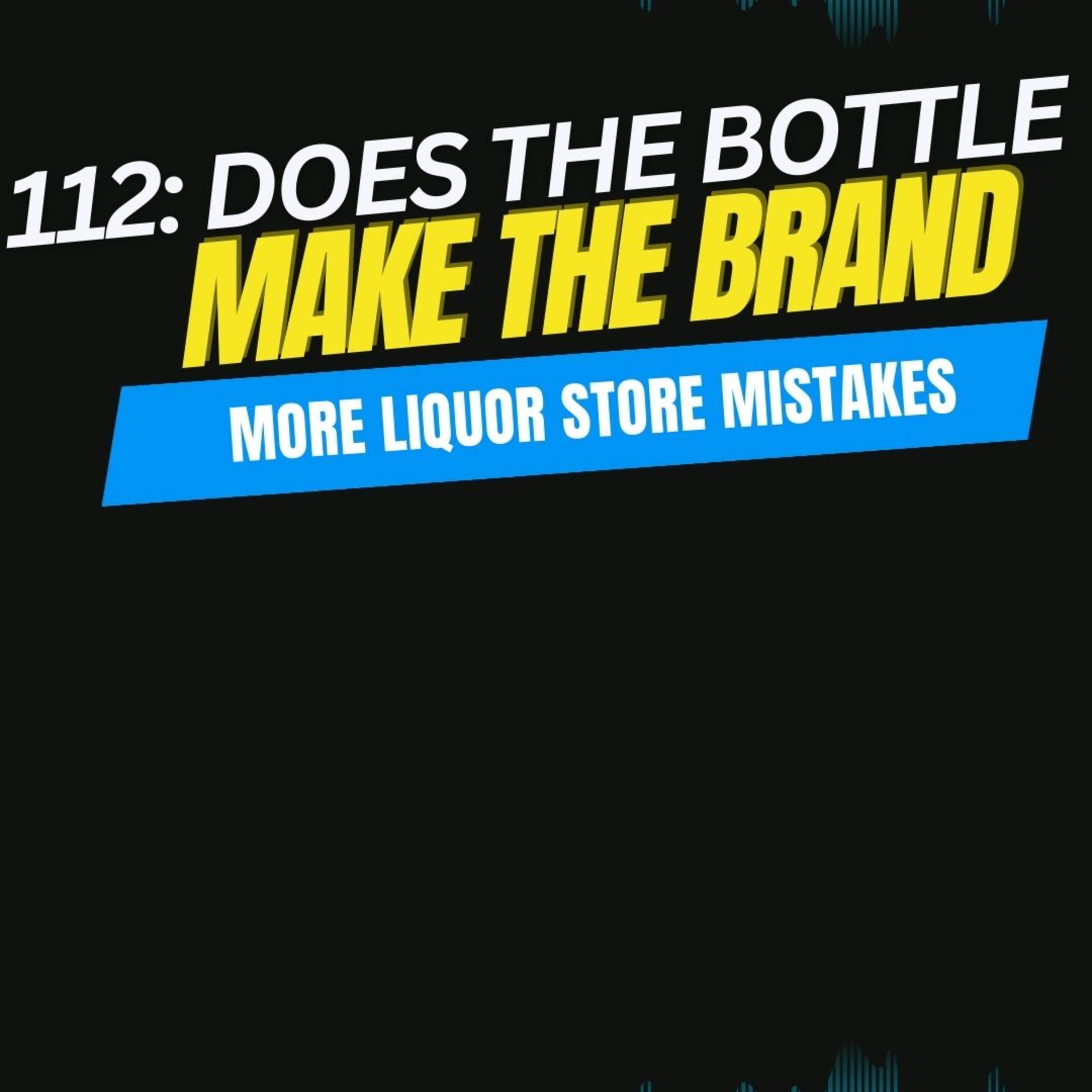112:Does The Bottle Make The Brand / More Liquor store Mistakes
- Author
- Whiskey Business Fbg
- Published
- Sat 08 Mar 2025
- Episode Link
- https://podcasters.spotify.com/pod/show/randall-janc/episodes/112Does-The-Bottle-Make-The-Brand--More-Liquor-store-Mistakes-e2vs7b6
We all know that a cool bottle design is eye catching. But does it need to be fancy or unique. Thats what we get into today. Hope it is enjoyable and fun.
Badmotivatorbarrels.com/shop/?aff=3
Yes, a whiskey bottle can help distinguish a brand from competitors. Brands can use unique bottle shapes, embossing, and other packaging features to create a memorable experience.
How brands use bottle design
Bottle shape
Brands can choose a bottle shape that's different from the industry standard to stand out.
Embossing
Brands can add custom embossed elements to a readily available bottle shape.
Label design
Brands can choose the label design, including whether to have a front and back label, a wrap-around design, or a lollipop style label.
Other brand differentiation
Brands can also differentiate themselves by:
Blending sourced whiskies with whiskey they distill themselves
Aging sourced whiskey in unusual barrels
Hiring a distillery to produce a unique whiskey based on their specifications
The price of bottled whiskey is based on the brand's popularity and the number of bottles in circulation.
When Bill and I look for a bottle design for our whiskey, we will probably pick a standard bottle that is inexpensive to purchase. New bottles are very expensive to design these days. Designing and making a mold for the bottle can cost thousands of dollars and that is why you rarely see an artisan distillery create a new bottle for their products. Kentucky Peerless did so and although it is an attractive bottle, it really added quite a bit to the cost of their whiskey. I would like to avoid that expense. However, it was not always this way. I thought I would look at historic bottles and their designs in this blog.
In the late 19th century, bottles became inexpensive because of the development of machine blown glass. This made it possible for distillers to bottle their own whiskey and still make a profit. The bottles were fairly standard at first – round or square shaped bottles for quarts and 4/5 quart sizes and flasks for the pint, half pint and quarter pint sizes.
These bottles were still fairly crude with air bubbles in the glass and noticeable seams where the molds came together. As the glass industry improved, bottle quality improved and prices of bottles declined, distillers started designing their own bottles. They often had designs and the brand name or the distiller’s name embossed in the glass. They were often clear glass, but some distillers opted for different colored glass. Amber glass was popular as well as green, blue, and smoky grey glass.
Prohibition saw bottles become very standard in design. There were only six companies selling medicinal whiskey and they all used bottles that were of a similar design. These bottles were mostly pint bottles, but there were some half pint and quart bottles allowed in some states. Since most of these companies were based in Louisville, it made sense that they were all using the same bottles as that allowed for less expense to the companies and if one company needed glass, they could get bottles from another company that might have extra on hand.
After Repeal, distillers started designing their own bottles once again. The Oscar Getz Museum of Whiskey History in Bardstown has a collection of empty bottles from the 1930s that is impressive. These pint and half pint bottles have art deco designs that are very attractive. None of the bottles in the collection have labels and they may not have all been whiskey bottles, but they have a lot interesting design features that epitomize the 1920s and 30s.
